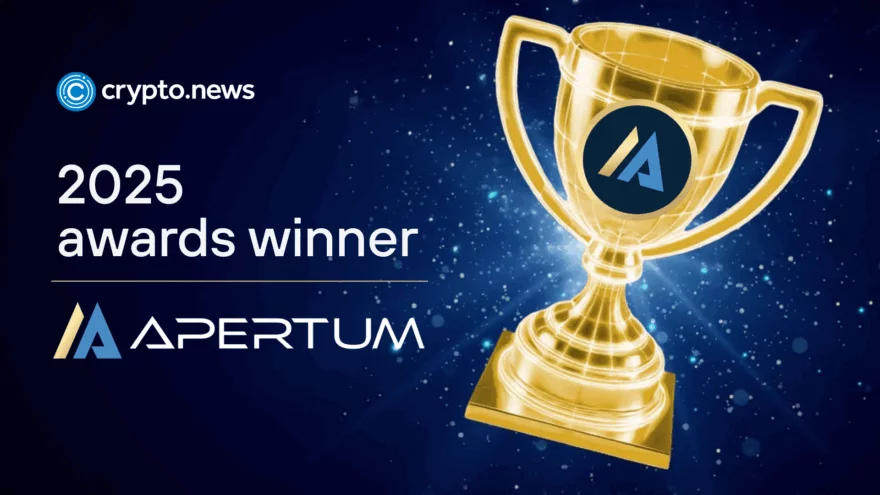Blockchain Technology and Digital Rights Management

Since the age of computers set in, a lot has happened. This sector has grown to great heights bringing about digitization. However, it is flawed in many ways, like digital rights management. The world is at a time when digital rights violations and security protocol overrides are at record highs. But can this ever be cured? Here is more about what’s happening and how blockchain technology could be a preventive solution to this anarchy.
How Is the World of Digital Rights Looking?
Almost everyone has had access to digital property or media in ‘freeways’ like illegal downloads or streaming. While this may seem convenient to you as an individual since you will incur little or no cost at accessing the property, it violates the rights of the people who worked hard to develop the product.
This issue of getting things for free has advanced levels like patent theft and infringement of copyrights by influential organizations overseas. It has also begun to affect investors through cyber crimes like hacking, software cracking, and vices. Do these instances seem like a fairy tale to you? You wouldn’t believe what people could do with technology to benefit unfairly from others’ work.
An article by Billboard covers an instance where two Phoenix men claimed the ownership of music uploaded on Youtube and collected the royalties. These men used the trick to swindle Latin Musicians like Julio Iglesias, Anuel AA, and Daddy Yankee of millions of dollars from their records. The article capped that the two swindlers made away with around $23M from Youtube through this uncouth trick.
According to Billboard’s Kristin Robinson, Webster Batista, and Jose “Chenel” Medina Teran set up a company by the name MediaMuv in 2017 and claimed to own rights to over 50K songs and compositions. They have received hefty royalties from Youtube through their ‘rightful’ company.
Another article by CBS NEWS covers how Chinese hackers made away with Trillions dollars from about 30 multinational companies. The article claims that the cyber operation, which lasted yearslong, had been perpetrated by the notorious Chinese state actor APT 41. It explains that the attack’s main target was to acquire intellectual property from wealthy multinational corporations that dealt in energy, pharmaceutical, and manufacturing sectors.
The article also covered another instance where Boston-based cyber security firm Cybereason unearthed a malicious operation dubbed ‘Operation Cuckoobees.’ It detailed that this operation was exfiltrating hundreds of gigabytes of data on intellectual properties. Such data includes blueprints, formulas, charts and graphical information, and other proprietary data from multiple organizations in the technology and manufacturing industries.
Per an excerpt from the article:
“We’re talking about Blueprint diagrams of fighter jets, helicopters, and missiles,” In pharmaceuticals, we saw them stealing IP of drugs around diabetes, obesity, depression.”
Cybereason CEO Lior Div said.
This is not the first encounter with Chinese Hackers. Previously, the FBI has warned that China poses the largest counterintelligence threat to the United States.
“[China has] a bigger hacking program than that of every other major nation combined. And their biggest target is, of course, the United States,”
FBI Director Christopher Wray said on Friday during a public forum at the McCain Institute.
“Across the Chinese state, in pretty much every major city, they have thousands of either Chinese government or Chinese government-contracted hackers who spend all day – with a lot of funding and very sophisticated tools – trying to figure out how to hack into companies’ networks… to try to steal their trade secrets,”
Wray added.
There have also been other ways to lose their hard-earned money to digital rights flaws. However, it is worth citing that blockchain technology has ways to resolve this issue. Here are some of them.
How Can Blockchain Technology Safeguard Digital Ownership?
There are several ways how blockchain technology can safeguard digital ownership. Some of them include:
Copyright protection
Copyright protection is probably the most important part of streamlining digital ownership. This area has been a major issue as most widely known products have been suffering from copying globally. But how can this be prevented?
Since most people prefer buying certified and original products and may fail to know how to identify them correctly in the markets, a manufacturer/ producer could integrate blockchain technology to assign specific and encrypted signatures that a blockchain could read powered application. They could also upload their brands and descriptions onto their blockchains to help customers ascertain that the brand is pure.
Such functionality could ensure that it is well known who owns what brand, thus minimizing copying and safeguarding copyrights.
Proof of creatorship
Blockchain technology could play a great role in helping owners prove their products’ creatorship. This could cover both registered and unregistered design rights. For instance, once a product has been designed for the first time, an inventor can upload some proof on the blockchain in data form to show that they developed it first.
They would then continue filling the necessary information on the ledger as they advance in making the design realistic and ready for market. Such evidence would tower above any claims that they stole the designs and fend off those who intend to steal them.
Smart contract
Smart contracts can resolve many issues in the digital world, especially where bias and other errors arising from human labor arise. One of the issues that smart contracts can resolve is the distribution of digital content. A content creator can propose their products to be sold in encrypted formats, only allowing people to access them after paying for private keys. Such encrypted files could be sold and resold as NFTs. Such functionality would curb piracy and streamline other digital rights.
The other issue it could resolve is monitoring the distribution chain. A producer can watch their products go through all stages of marketing without the need to ‘trust’ other people with the work. That means the sales would be more profitable as fraud cases would be very limited.
Smart contracts could also streamline payment systems. That means the product owners would receive money once the agreed market conditions have been hit. Such an automated system could enhance the efficiency of the digital art market, thus making the artists more active in their work.
Blockchain IP protection
Internet Protocols (IP) addresses are essential in determining the digital signatures of devices and their owners on the internet. These addresses act as proof of ownership in Web 2. However, that is about to improve in Web 3 via underlying blockchain technology. Here are some ways how this will be possible.
- Proving patent ownership
Once a producer registers their brand on a blockchain network, it will live on for years and always be undisputed. That means no one else can claim the brand and benefit from it.
- Improving the digital registration process
Digital registration of products and brands could be made easier by blockchain technology. Decentralized or private digital ledgers could be built to harbor details about the products being made, including their ownership. That makes it easy to register them and maintain the proof of ownership,
- IP rights and online content management–
Protection and enforcement of copyrights are troublesome, especially when digital content is shared. In the current iteration of the internet, sharing work online leads to a huge probability of losing control over it. That means several people will likely start benefiting from the work without your consent.
In this perspective, blockchain technology can make it easier to control who gets access to information and on what terms. Some of the ways that it could make Ip rights management easier include:
- Allowing authors to reach their consumers directly without intermediaries. DLTs and other blockchain technology solutions could be essential in closing the gap between content makers and consumers. That means content makers would earn significantly higher as no one asks for their share of the earnings.
- Smart contracts could be a key solution to controlling vices like piracy and illegal downloads. For instance, content creators may encrypt their products and distribute them through smart contracts. Consumers would only get access to the products after paying for private keys. Smart contracts could also be used for digital licensing and product marking, ensuring that ownership is verifiable and the products can not be copied.
- Fair payments have been an issue in the world for a long time. At times, producers bargain for a certain pay rate and get the promise only to get paid inefficiently. Payment services providers could withhold their money; they could suffer failed transactions, or employers could purposely decline to pay up. Such issues could be solved by blockchain-powered monetary systems (cryptocurrencies). These monetary systems are fast and unbiased, which streamlines online payments.
Final Thoughts
As seen, blockchain technology could be a solution to the continuing infringement of digital rights. Be sure to watch crypto.news for more articles on how blockchain technology can be a solution in the world of digital rights. Finally, DYOR on blockchain technology and its associated assets is shaping to be a great remedy to the flaws in most current innovations.












